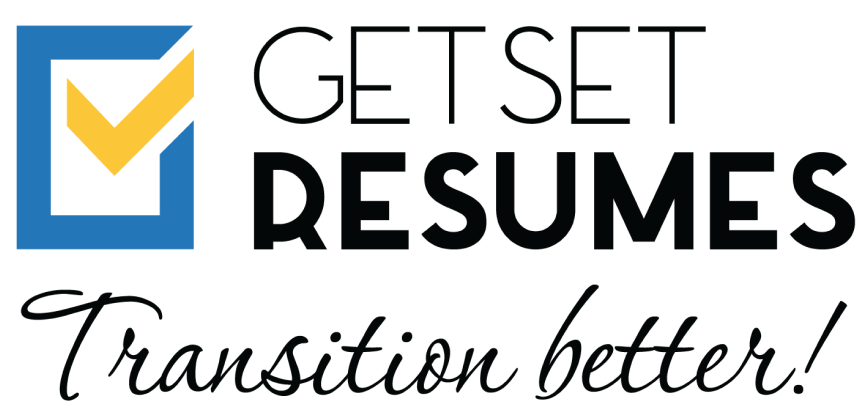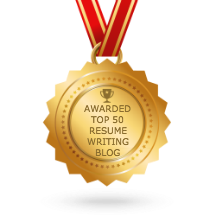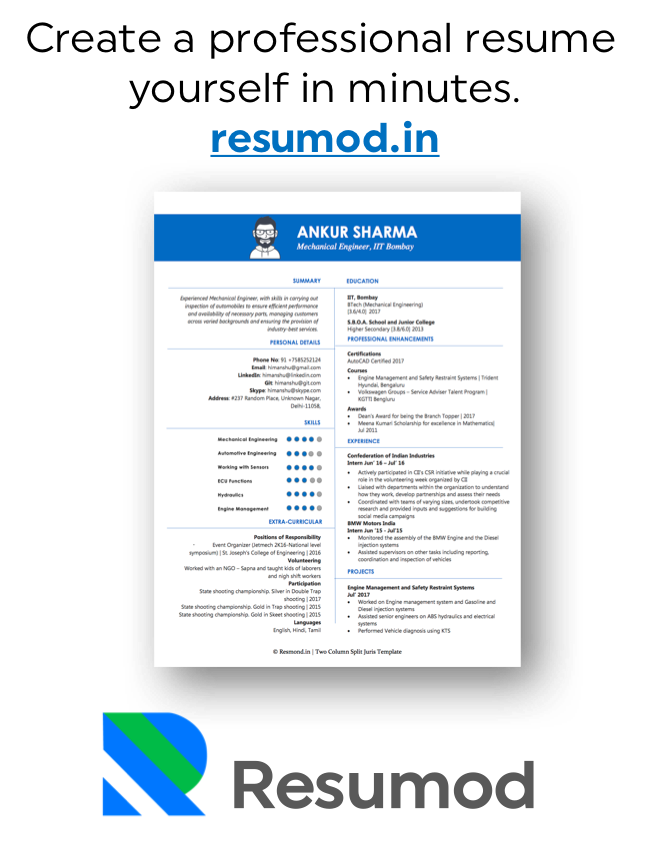Most of us are not in the habit of writing cover letters, which is wrong. A cover letter introduces you to the employer and tells him why you are the best candidate for the job. Employers look for thoughtfully written cover letters and use this as one of the means of filtering out the sufficiently interested candidates from the not so serious ones. So make sure that when you apply for the next position, your resume is accompanied with a properly written cover letter.
Here are some tips for creating a cover letter that stands out from the rest.
1. Proofread your cover letter for errors
A professionally written cover letter should not contain any spelling, typing, or grammatical errors. Remember, even before your resume, it is your cover letter which will be read. Ensure that you create the best first impression.
2. Address your letter to an individual, not a company
Address your letter to the Hiring Manager of the company. It always shows a lot of character and resourcefulness if you can call the company and find out the name and title of the person to whom to address your letter. This would impress the reader that you took an initiative to find out a way to address him or her personally.
Do not use a title such as Mr. or Ms. unless you are certain of the person’s gender.Use “Human Resource Manager” or “Hiring Manager” when you are not able to find a name.
3. Write a personalised cover letter
Write a cover letter which describes you. Incorporate as many of your abilities and characteristics in your cover letter and writing style as possible. Employers should be forced to open your resume and invite you for a discussion after they’ve read your cover letter.
4. Use proper grammar and absolutely zero spelling mistakes
Enough said. Have your cover letter proofread, use reference tools like spell check to avoid any silly grammatical or spelling errors in your letter. You need to be absolutely accurate and professional with it.
5. Do some research about the company and show it
Show in your cover letter that you know what this company is, who they are, what they do, why you would like to work for them and how you can be beneficial. This will show the employer that you mean business!
6. Use terms and phrases that the employer understands
Customize your letter to the needs of your potential employer. Use industry jargon and career-specific keywords wherever appropriate but don’t go overboard with exquisite vocabulary.
7. Always include a return address and phone number.
Your return address includes your complete address along with the pin or zip code, telephone number with area code, and e-mail address. Put this information at the top of your letter. Preferably, include the best time to contact you (Although in most cases, the HR person would call whether it is the best time or not!).
8. Be formal in your tone
Don’t make your letter sound like it is a plea for an interview. Write your letter as if it’s a business proposal where both parties will benefit from the association. What offer do you have? How will the company benefit from you?
9. Emphasize the benefits of hiring you and not someone else
Your letter should arouse a desire in the employer to meet you. So, don’t just emphasize your qualifications, but also show the employer how and why you will have a positive impact on the company’s performance.
10. Sound confident.
If you meet all the stated requirements for the job, spell this out in your letter. Accentuate the good match between your skills and their needs. Doing so will emphasize your viability as a candidate.
11. Highlight your past successes
Write about your past accomplishments, skills and emphasize on how these abilities match the requirements of the position and how they can contribute to the present working of the organization.
12. Structure your letter in an organized manner.
Introduce yourself and why you want the job in the first paragraph, summarize your qualifications in the second paragraph and demonstrate why you are the best candidate for the job, and ask for an interview or discussion in the third.
13. Highlight your qualifications visually
Use underlining, bold facing, indents, bullets to highlight key information in your cover letter, but don’t use too much of it.
14. Keep it short and to-the-point
Keep your letter simple, clean, direct, and to the point. Don’t use more than five to seven lines per paragraph and keep your sentences short. Also, try to vary the length of each sentence. One page is the maximum for cover letters.
15. Demonstrate all your skills, not just the core ones
There are always 2 kinds of skills for any position: core skills that are the requirements of the job, and another broader range of skills beyond the scope of the minimum requirements. Your core skills may get you the job, but it’ll be your other skills which will make you stand out from the competition.
16. Send original letters to each employer
Avoid sending mass letters or mail-merged letters. Try sending a tailored letter to each hiring manager. This will almost always produce better results than a mass-mailing.
17. Direct the reader to specific information in your resume.
A vibrant cover letter will make the employer read more and go till the end. It should tease the reader into wanting to know what all you can offer. Include a statement about your past work or end with a question that would tempt the reader to read your resume. For e.g. “As an addition to my responsibilities, I developed a unique tracker in my past employment which help improve the productivity of employees in my department by 7%!”
18. Don’t forget your resume.
Remember that the main purpose of a cover letter is to get your employer to read your resume and request an interview. Check your mail before you press the Send button to ensure that the resume has been enclosed.
19. Open with an attention grabbing statement
Your opening statement in the letter should get to the point quickly, and engage your reader’s attention. For e.g. I found the following line in one of the cover letters, “If you have a client seeking a brand strategist who can deliver bottom-line results, I’d like to make a strong case for myself.” If your first sentences can illustrate how you can contribute to the organization, you have a very strong chance of getting your resume read and getting the call eventually.
20. Do not enclose a photo
Unless you are seeking employment in modeling, acting, or other entertainment industries, you should not attach a photograph with your cover letter. If you have presented a strong case in the cover letter, the employer will see you in person during the interview itself.
21. Do not use all capitalized letters
Most hiring managers will consider using ALL CAPS unprofessional and rude. So, use bold faces, italics, or underlines instead of caps to highlight information in your cover letter. Additionally, do not justify the right margins. Make sure your letter has a professional appearance.
22. End your letter with a request
After you have introduced yourself, demonstrated your qualifications request the employer for an interview at the end of your cover letter. Also let the employer know when and how you will follow up.



